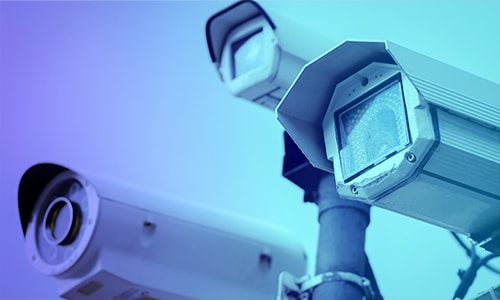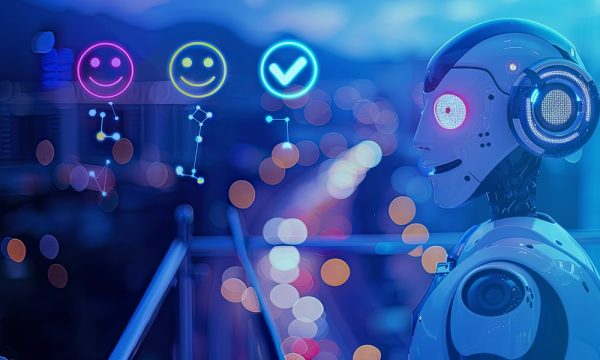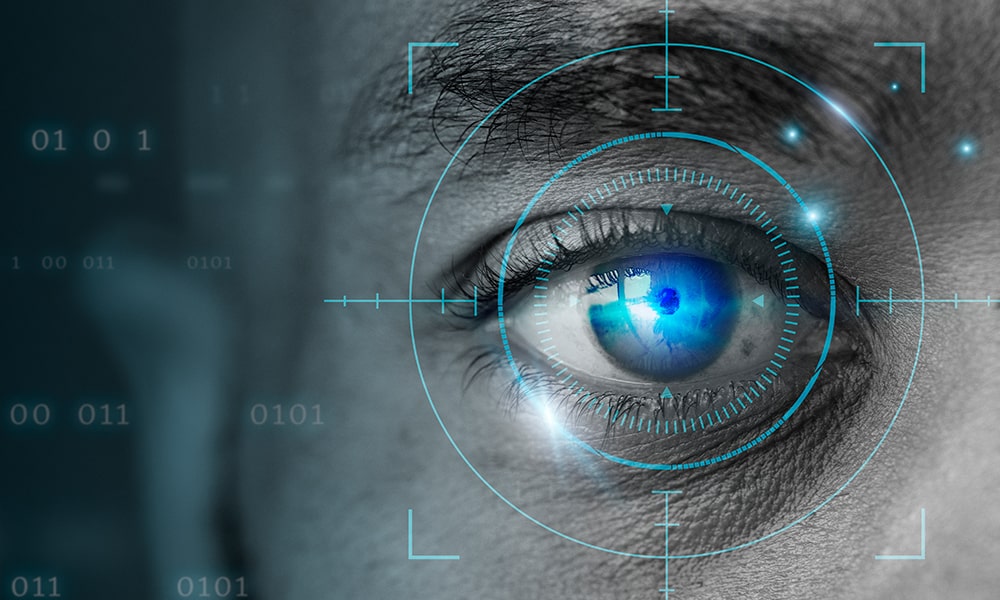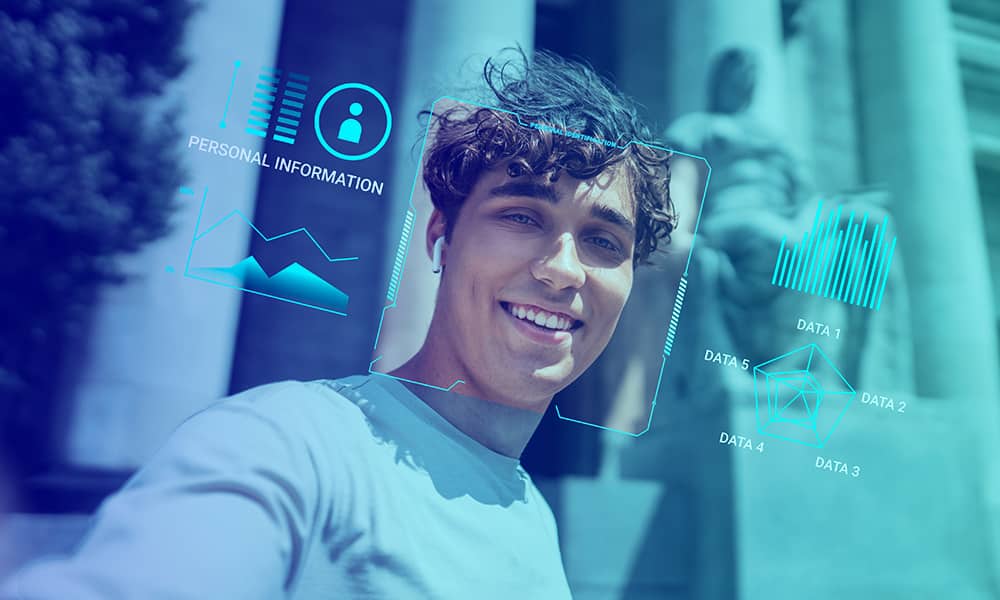Are we happy?
Are we really happy?
This is probably one of the most terrifying questions to ever confront us humans. On a deep philosophical level, none of us actually know the truth about our happiness, what we seek, and what we want. Perhaps, this is why we are resorting to an AI model to help us understand ourselves.
When facial recognition was introduced in smartphones and other devices that have biometric access, the world was in awe. When our smartphones detected specific faces and identified our friends in our gallery, we were further intrigued. But today, well-trained AI models have the ability to actually detect our emotions – at least what we superficially express on our faces.
The numbers seem to be fascinating as reports reveal an accuracy of around 96% of emotions detected by AI models. Models can detect up to 7 different emotions in our faces.
For instance, when we sit down to attend an online interview, the employer on the other side could find out how excited, nervous, confident, and even skeptical we are throughout the interview process.
So, how does all this happen? What does emotion detection in AI mean? Let’s explore this in this article.
AI In Emotion Recognition
Like they say, silence conveys a lot more than words ever can. AI can detect a lot of our innate feelings and sentiments by just looking at us or our photographs or footage. As the tech community works persistently to bridge the gap between machine and human interaction, one specific niche called Affective Computing under computer vision is making remarkable progress.
This branch of AI now allows stakeholders to analyze and identify non-verbal communication of humans through some expressions they exhibit such as:
- Facial expressions and emotions
- Body language
- Voice tons
- And gestures
By deploying specialized deep neural networks, AI models can detect up to 7 different emotions including:
AI In Emotion Recognition – Top Use Cases
The ability of machines to understand our underlying emotions can pave the way for breakthroughs that can elevate human life and lifestyle. Let’s look at some of the most beneficial use cases of this technology.
Understand Emotional Wellbeing
One of the most plaguing concerns globally is mental health. Statistics reveal that in India, around 45 million people suffer from anxiety. Besides, 10.6% of adults in India suffer from a mental disorder.
Stemming from stress, lifestyle choices, work, loneliness, and more, mental health is a rising concern resulting in physical complications as well. An AI model that can assist therapists and counselors in understanding an individual’s deeper state of mind can foster personalized treatment plans and ultimately offer better healing. Such a model is incredibly helpful in:
- Conducting mental health assessments
- Pain management and treating PTSD concerns
- Diagnosing Autism Spectrum Disorders and more
Learner Engagement In EdTech

- Student engagement and involvement to help educators revisit teaching methodologies
- Formulating personalized learning experiences
- Detecting cases of bullying and other forms of emotional distress and more
Gaming & Entertainment

Security & Surveillance

AI models can accurately detect suspicious emotions and anomalies in human expressions, enabling security professionals to track and triage suspects and better monitor them.
How Does AI Emotion Recognition Work
The process of training AI models to detect human emotions is complicated yet systematic. While the approach depends on individual projects, there is a general framework that can be drafted as a reference. Below is the general sequence:
- It starts with the collection of data, where bulk volumes of human expressions and faces are compiled. Brands like Shaip ensure ethical sourcing of human data.
- Once the datasets are collected, they are annotated using bounding box methods to isolate human faces for machines to understand.
- With the faces detected image datasets go through a sequence of pre-processing, which optimizes the photo to be fed for machine learning. This stage involves image correction techniques such as noise reduction, red eye removal, brightness and contrast corrections, and more.
- Once the images are machine-ready, they are fed into emotional classifiers that are based on Convoluted Neural Networks models.
- The models process the images and classify them based on their expressions.
- The models are trained over and over again for performance optimization.
Acknowledging The Challenges In AI Emotion Recognition
As humans, we often struggle to understand what the person next to us is going through. For a machine, this process is tougher and more complicated. Some of the predominant challenges in this space include:
- The range of human emotions makes it difficult for machines to pick up the right expression. Sometimes, human emotions are nuanced. For instance, the way an introvert smiles from how an extrovert does is completely different. Machines often struggle to pick up the differences though both of them might be genuinely happy.
- There are always cultural differences and biases in detecting human faces and their myriad of emotions. Expressions and their ways can be different in different regions and models find it difficult to understand such nuances.
The Way Forward
As we progress fast towards Artificial General Intelligence, we must strengthen the communication between machines and humans. Computer vision, specifically, emotion recognition is a crucial part of this journey.
While there are challenges, breakthroughs are assured. If you’re developing a model to detect human emotions and are looking for massive volumes of datasets to train your models, we recommend getting in touch with us.
Our human-in-the-loop quality assurance processes, ethical sourcing methodologies, and airtight annotation techniques will ensure your AI visions are achieved faster. Get in touch with us today.









